Community Development Initiatives
Once you understand this you can never be unhappy.”
Sri Sri Ravi Shankar
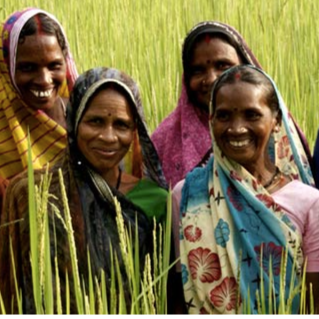
Uploading SHG Bank Linkage Member Data Into Credit Bureaus - Pan India
Project Period: 2014-2017 Project Location: Pan India Estimated Impact: 54 million (mostly women)
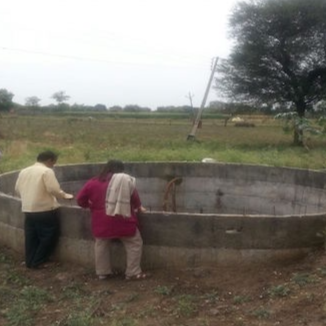
Building A Water Positive Maharashtra
Project Period: 2015-2018 Project Location: Maharashtra Estimated Impact: all farmers in Maharashtra
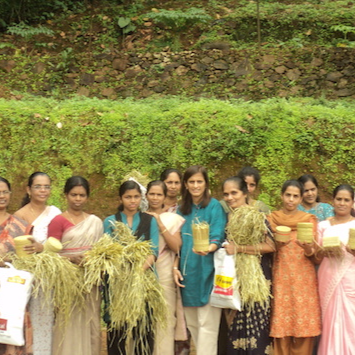
Fostering Fair Trade, Financial Inclusion & Wealth Creation For Spice Farmers - Kerala
Project Period: 2010-2015 Project Location: Kerala Direct Impact: 10,000+ family members of spice farmers

Yoga By The Bay - Mumbai
Project Period: 2015 Project Location: Mumbai Direct Impact: 6000+ citizens of Mumbai
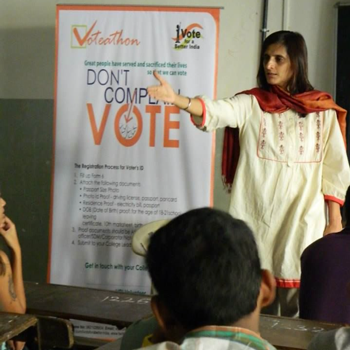
Voteathon - Mumbai
Project Period: 2013-14 Project Location: Mumbai, Maharashtra Direct Impact: 25 colleges, 25 principals. 25 student union councils and 3000 students enrolled Indirect Impact: 300 colleges, 3 lakh citizens
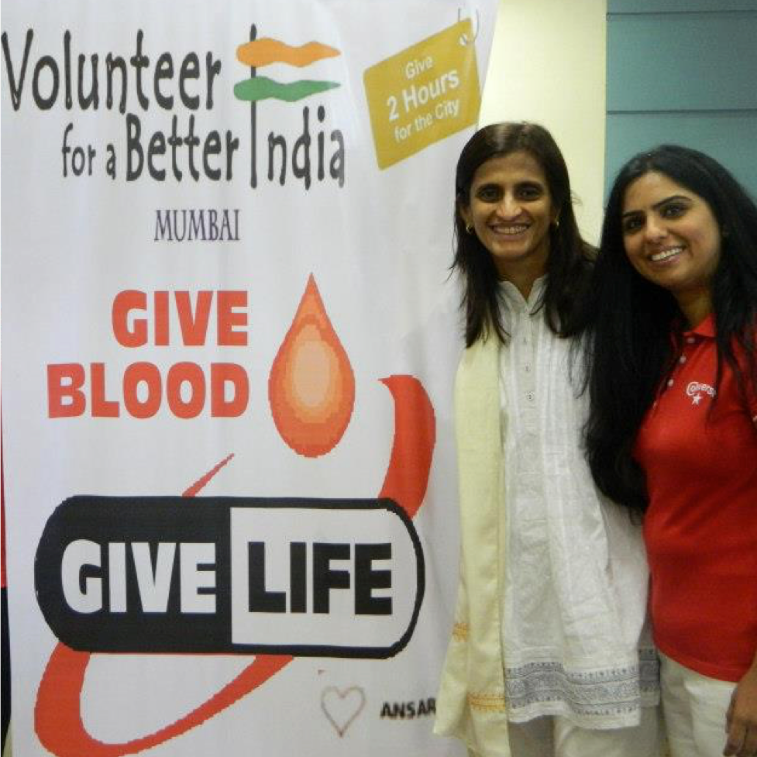
Blood Donation - Mumbai
Project Period: 2013 Project Location: Mumbai Direct Impact: 1167 Mumbaikars participated and 811+ units of blood were collected
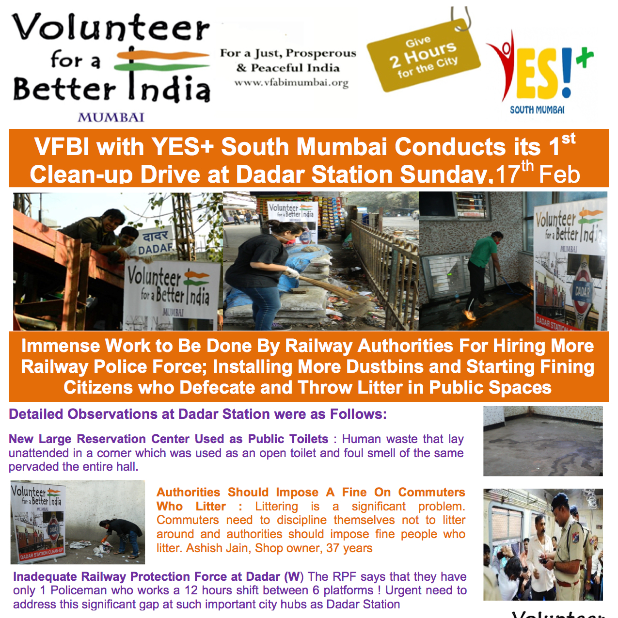
Dadar Station Clean-up - Mumbai
Project Period: 2013 Project Location: Dadar, Mumbai Direct Impact: 500+ travellers in Dadar railway station Indirect Impact: cleaners of Dadar railway station
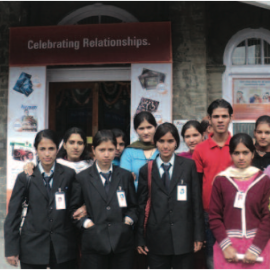
Rural Skilling Program - Himachal Pradesh
Project Period: 2010-2011 Project Location: Himachal Pradesh Direct Impact: 54 youth in 10 villages
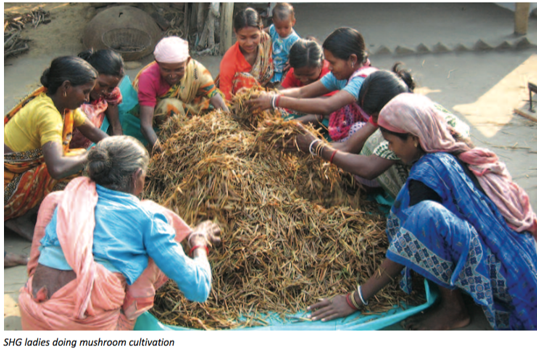
Safal Krishak - Amdanga, West Bengal
Project Period: 2011-12 Project Location: Amdanga, West Bengal Direct Impact: 132 citizens Indirect Impact: 660 citizens
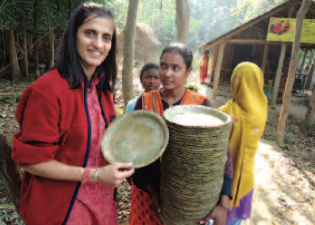
Sal Plate Enterprise - Mejia Village, West Bengal
Project Period: 2010-2011 Project Location: Mejia Village, West Bengal Direct Impact: 200 citizens in Mejia village in West Bengal
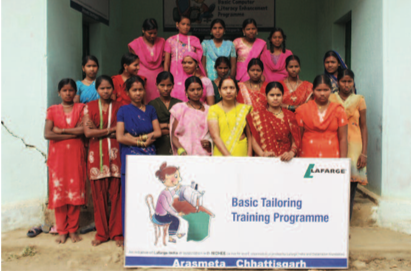
Arasmeta Tailoring Centre - Chattisgarh
Project Period: 2010-2011 Project Location: Chattisgarh Lives Touched: 48 Girls In 3 Vilages
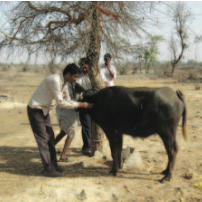
Animal Treatment and Vaccination Camp - Rajasthan
Project Period: 2010-2011 Project Location: Rajasthan Direct Impact: 905 animals
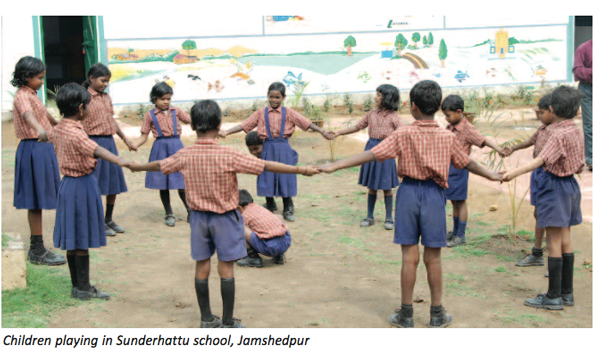
Tribal School In Jamshedpur - Jamshedpur
Project Period: 2010-2011 Project Location: Jamshedpur Direct Impact: 106 students in 1 school Indirect Impact: 530 citizens
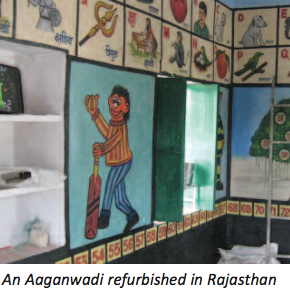
Aaganwadi Programme - Jharkhand & Rajasthan
Project Period: 2010-2012 Project Location: Jharkhand & Rajasthan Direct Impact: 280 children in 14 aaganwadis Indirect Impact: 1000 family members
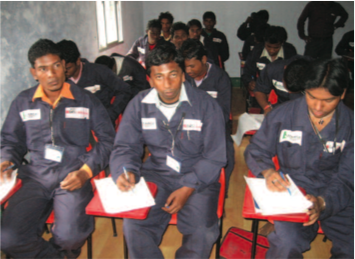
Masonry Training Institute - Jamshedpur
Project Period: 2010-2011 Project Location: Jamshedpur Direct Impact: 300 youth annually Indirect Impact: 1200 family members

Environment-Tree Plantation - Chattisgarh
Project Period: 2010-2011 Project Location: Chattisgarh Direct Impact: over 50000 tree saplings planted
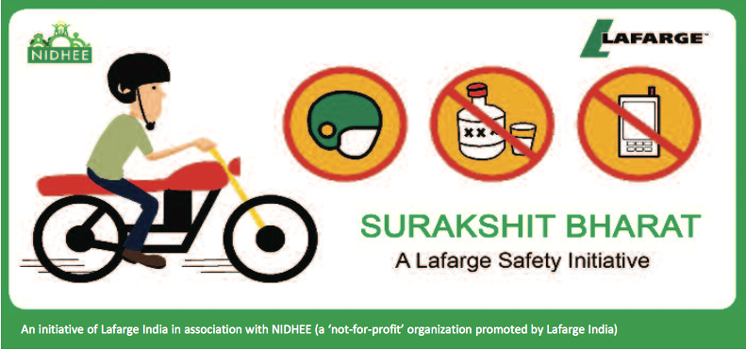
Surakshit Bharat: A Safe India - Chhattisgarh, Himachal Pradesh, Jharkhand, Rajasthan, West Bengal
Project Period: 2009-2012 Project Location: Chhattisgarh, Himachal Pradesh, Jharkhand, Rajasthan, West Bengal Direct Impact: 22,008 citizens In 14 villages across 3 states
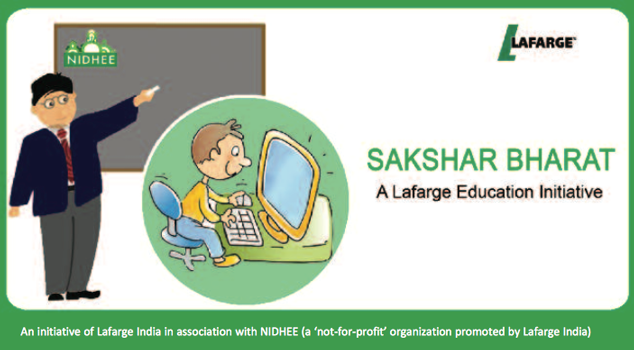
Sakshar Bharat: A Literate India - Chhattisgarh, Himachal Pradesh, Jharkhand, Rajasthan, West Bengal
Project Period: 2009-2012 Project Location: Chhattisgarh, Himachal Pradesh, Jharkhand, Rajasthan, West Bengal Direct Impact: 4241 students in 56 villages across 5 states
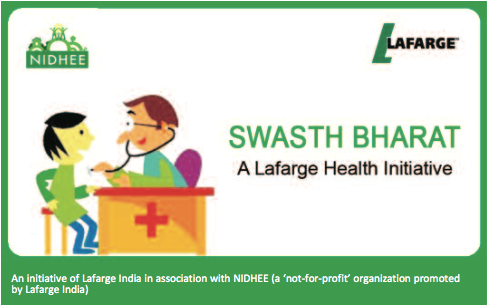
Swasth Bharat: A Healthy India - Chhattisgarh, Himachal Pradesh, Jharkhand, Rajasthan, West Bengal
Project Period: 2009-2012 Project Location: Chhattisgarh, Himachal Pradesh, Jharkhand, Rajasthan, West Bengal Direct Impact: 44,699 citizens across 4 states
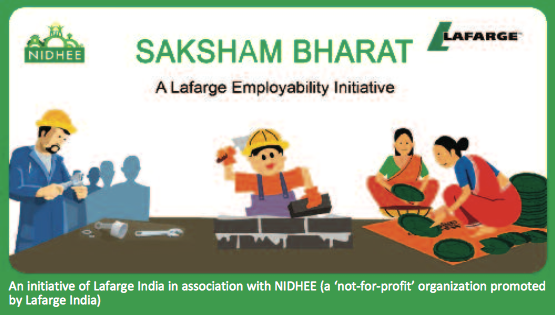
Saksham Bharat: A Capable India -
Project Period: 2009-2012 Project Location: Chhattisgarh, Himachal Pradesh, Jharkhand, Rajasthan, West Bengal Direct Impact: 935 youth in 47 villages across 5 states,

Ek Mouka - Chattisgarh, Jharkhand, Karnataka
Project Period: 2009-2012 Project Location: Chattisgarh, Jharkhand, Karnataka Direct Impact: 400+ youth across 3 states
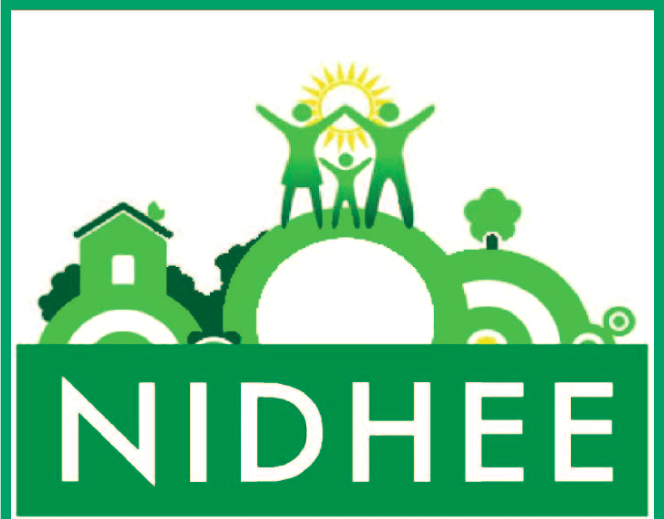
Reactivated Lafarge Foundation, NIDHEE - 7 States
Project Period: 2009-2012 Project Location: 7 States Direct Impact: 1,58,105 citizens in 72 villages across 7 states in the year 2010
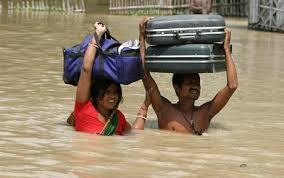
Bihar Flood Relief Program Supporting Punarwaas NGO - Bihar
Project Period: 2008 Project Location: Bihar Direct Impact: 5,000+ flood affected people In Kataiya
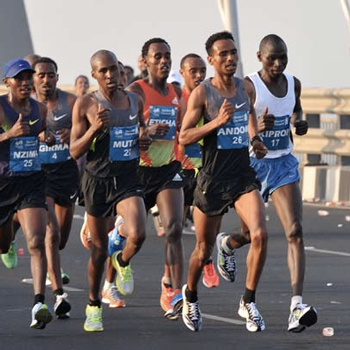
Won The Charity Partnership Of Mumbai Marathon For United Way - Mumbai
Project Period: 2008-2012 Project Location, Mumbai, Maharashtra Direct Impact: 30,000 participants, 289+ NGOs, 150+ Corporates
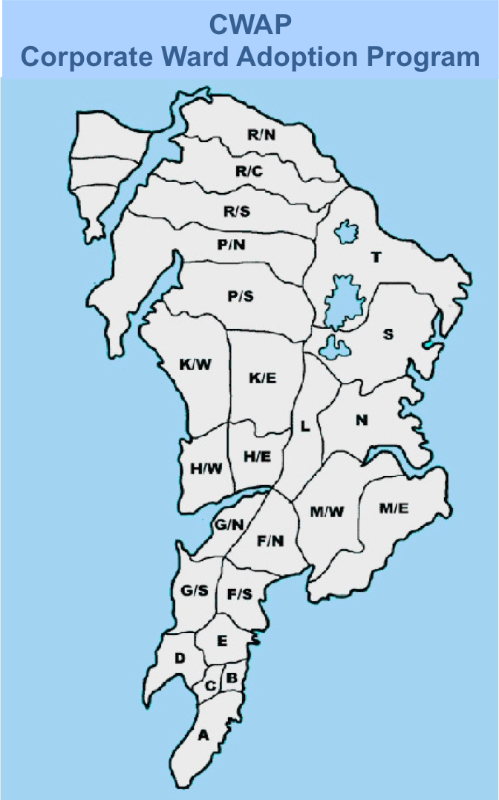
Corporate Ward Adoption Program - Mumbai
Project Period: 2005-2008 Project Location: Mumbai Direct Impact: 7 Lakh+; Indirect Impact: Entire Mumbai City
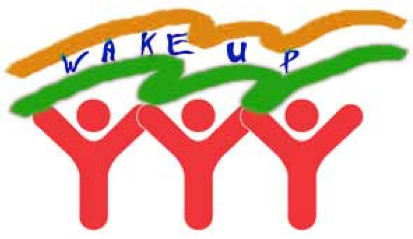
Introduced Payroll Giving In India - Pan India
Project Period: 2005-06 Project Location: Pan India Direct Impact: 45 leading corporate, 4,000+ employees enrolled, revenue generation of Rs. 1-2 cr
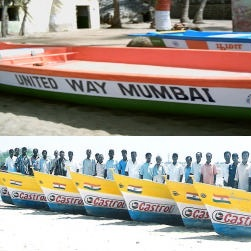
Fishing Boats & Fishnets To 236 Fishermen Post Tsunami - Tamil Nadu
Project Period: 2005 Project Location: 6 Villages in Tamil Nadu Direct Impact: 236 families, 1180 people across 6 villages
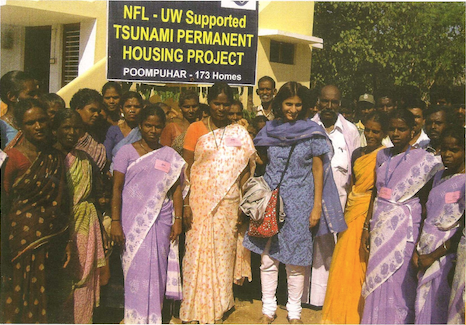
Re-Building of Poombuhar Village, Tamil Nadu by Reconstructing 300+ Homes - Poombuhar Village, Tamil Nadu
Project Period: 2004-2007 Project Location: Poombuhar Village, Tamil Nadu Direct Impact: 1500+ citizens
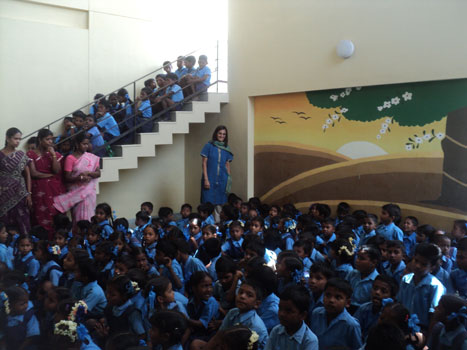
Building State Of The Art English Medium School In 2 Villages in TamilNadu, India
Project Period: 2004-2006 Project Location: Tamil Nadu Direct Impact: 1200+ students Indirect Impact: 6000+ family members